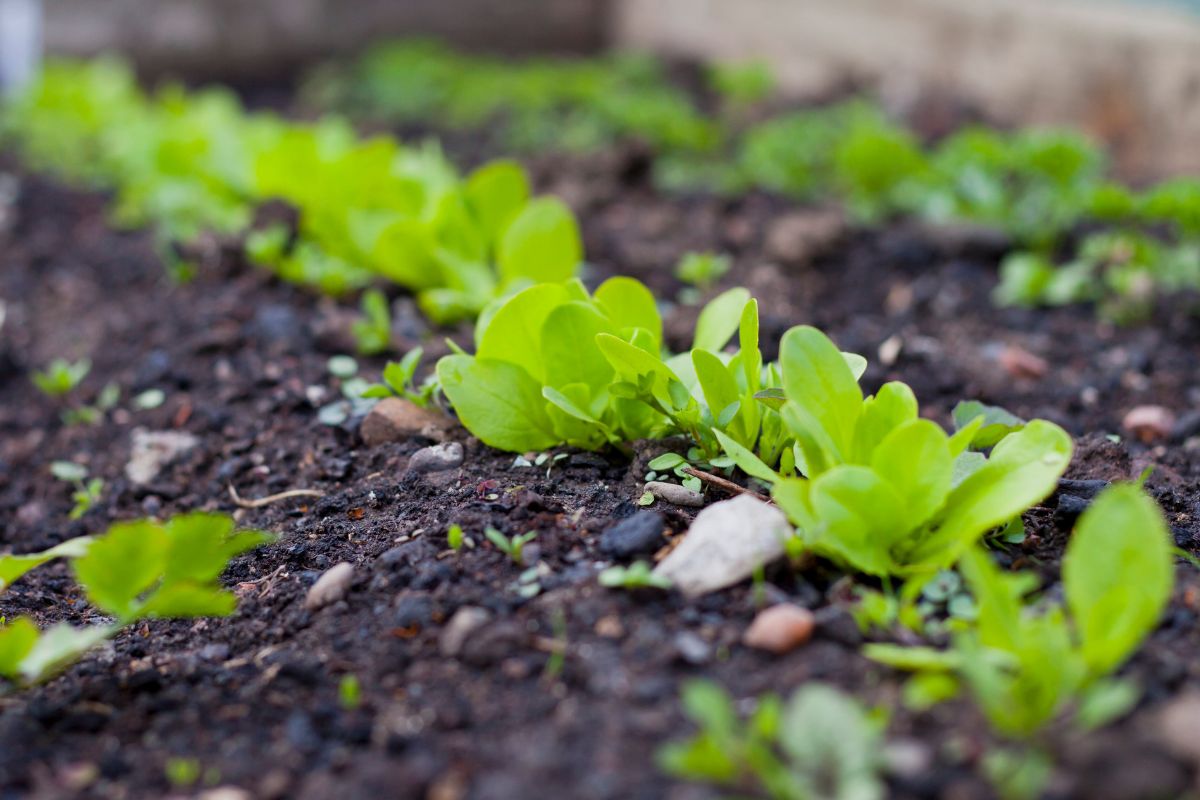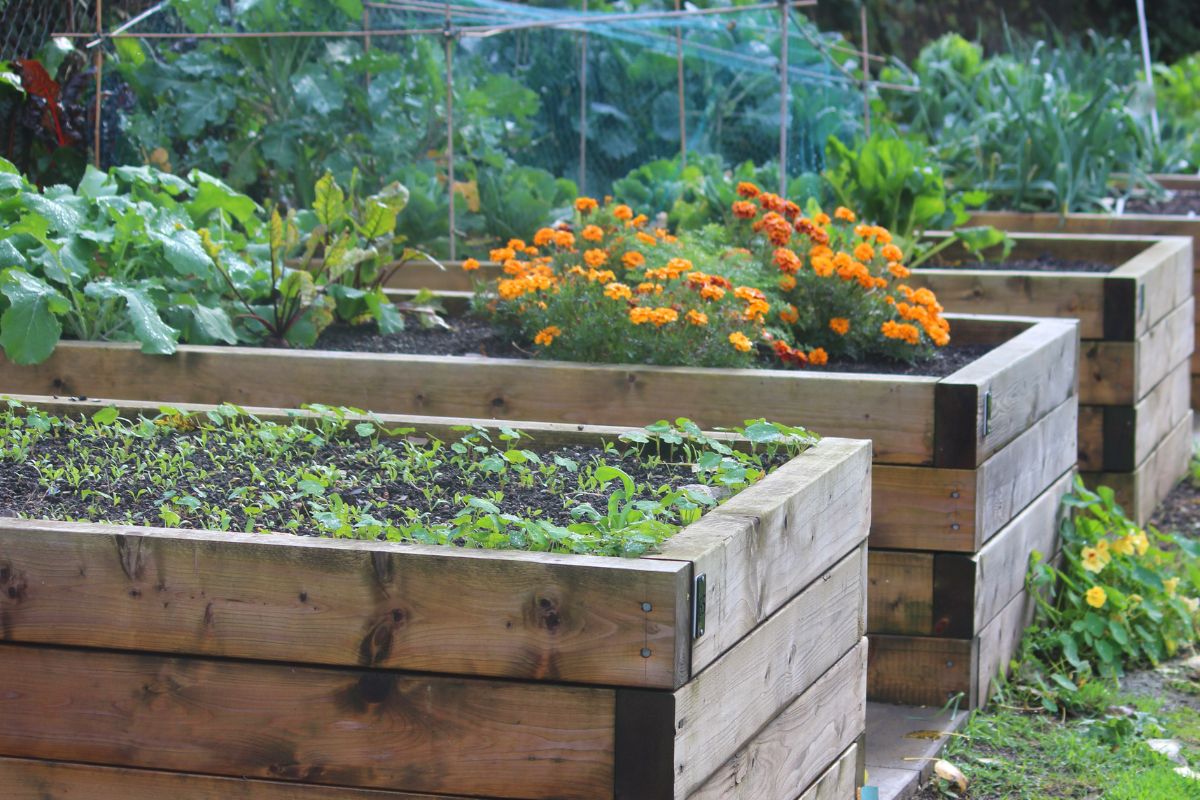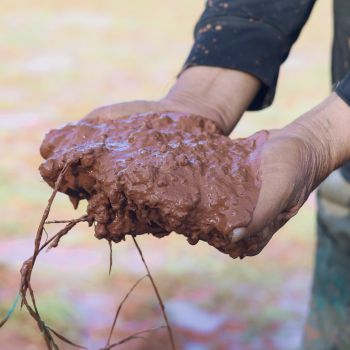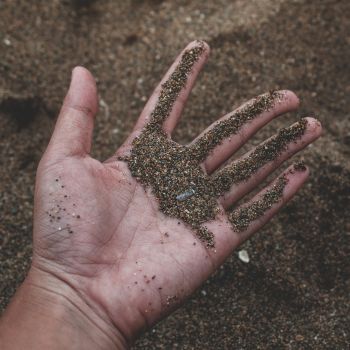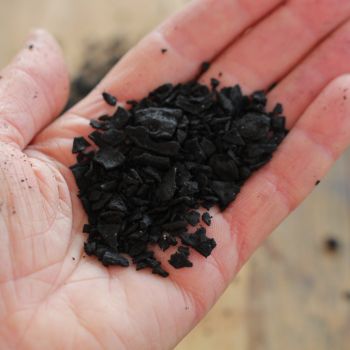Water, sunlight and soil are the three key essentials of most traditional gardening, but you can sometimes have too much of a good thing. If water levels are too high, and the soil stays consistently wet or waterlogged, it will cause problems for almost any non-aquatic plant you try to grow.
Many gardens suffer from waterlogging in one area or another or at certain times of the year, whether caused by sustained periods of rainfall or poor drainage. Taking a few simple steps to improve your garden's drainage and soil can prevent waterlogging or help your garden recover from it, returning the soil to a healthy, productive condition.
Why Is Waterlogging a Problem?
Soil that's soaked through with water can literally drown plants by depriving the roots of oxygen in a form they can absorb. Inundation can destroy a soil’s careful balance between solid particles, air and water, eventually becoming anaerobic and smelly. Even if that extreme state isn't reached, high water levels will dilute the soil's nutrient content and make it harder for a plant to thrive.
What's more, constant wetness raises the risks of rotting bulbs, tubers and roots, as well as making it easier for soil-borne diseases to spread. In the longer term, too often waterlogged soil can't support the insects, worms and microbes essential to a healthy ecosystem.
Lastly, on a practical level, soil that's too wet is difficult to work with, and once it dries out, tends to harden up and start showing water-repellent qualities that make everyday gardening an uphill struggle.
What Causes Waterlogging?
Some waterlogging results from sustained or heavy rainfall, where the soil can't drain as quickly as the water arrives. If this only happens from time to time or only during unusually severe weather it can be remedied once things dry out. But if waterlogging is persistent and happens during ordinary weather conditions, it's usually caused by an issue with the underlying soil quality or drainage.
Heavy clay soils are the worst culprits, tending to hold on to moisture rather than letting it drain away easily. In wetter areas, this water buildup can, over time, turn into waterlogging, especially in shady spots where evaporation is reduced. Shallow soils sitting over a solid bedrock can also prevent water from draining away, especially if they're at the bottom of a natural bowl or dip in the landscape. Similarly, heavily compacted soil may not have the drainage required to allow water to travel down through the soil away from the surface.
Whatever the cause, the good news is that in most cases, it's possible to improve waterlogged soil so it can become a productive part of your garden again.
Preventing and Restoring Waterlogged Soil
Raised Beds
For badly waterlogged gardens, planting in raised beds will let you improve drainage by choosing a more suitable type of soil than your garden is currently blessed with. You can achieve this simply by mounding up fresh soil on your existing beds or by building garden edging you can fill with soil above ground level. In areas with persistent water problems, it’s worth considering adding a layer of scoria or gravel at the bottom to let water drain away freely.
For most vegetables and annual flowers, a 30cm deep raised bed gives enough well-drained soil volume for healthy plant growth, while larger shrubs and trees require a depth of 60cm to a metre. For these deeper raised beds, appropriate edging or retaining walls to stop soil eroding is a must.
For less persistently waterlogged areas, it can still help to mound up rows slightly and limit the width of your ground-level beds so that you can reach all parts without treading on the soil. This will reduce compaction and help to maintain better drainage quality.
Add Organic Matter
If your entire garden suffers from waterlogging, ongoing soil improvement is the best way to bring long-term results. Start by digging in plenty of organic material which will help break up heavy clay soils. If possible, do this when the soil is relatively dry to avoid compacting it even further.
It's also a good idea to add a layer of organic mulch at the end of each growing season, which your garden's worm population will work into the soil over winter, improving its texture and drainage. An organic mulch will encourage a healthy soil food web to reestablish, and this in turn will improve the structure of the soil.
Aeration
Throughout the rest of the year, regularly aerating the soil with a garden fork or a specialist aerator tool will help prevent compaction, especially if you take the opportunity to add a little sandy soil or compost into the holes you create.
Cover Crops and Nutrient Replacement
Finally, avoid leaving your beds bare of plants if at all possible and replenish nutrients that may have been washed through the soil. Growing a cover crop or placing green manure on unused soil will protect its texture, breaking it up through root growth and adding extra organic material as it dies. Plants can act as ‘pumps’ in wet soil, using water which is then evaporated through their leaves.
Plants may show signs of nutrient deficiencies following temporary waterlogging. It's a good idea to replenish nutrients either through adding a layer of compost or applying a suitable slow-release fertiliser at the recommended rate.
Installing a Drainage System
For the most serious and persistent cases of waterlogging, you may need to resort to installing a drainage system in the problem area. This doesn't necessarily mean expensive or extensive landscaping work, as an effective approach known as a French drain is fairly easy to complete with a little digging.
Start by making a trench around a metre deep, starting at the area to be drained and sloping slightly downward to an area where water can drain away safely. Line the trench with a geotextile or weed mat to stop the soil from falling back in, then add a layer of gravel or stone to the bottom. Lay a length of ag pipe down the centre of the trench, and cover it with another layer of gravel. You can leave the gravel exposed or top it up with the original soil or fresh topsoil with better drainage ability.
Whether or not a drainage system is needed to solve a waterlogging problem, in the long term keeping to a solid soil improvement routine will work wonders for enhancing drainage while also benefiting the all-around health of your garden and its plants.
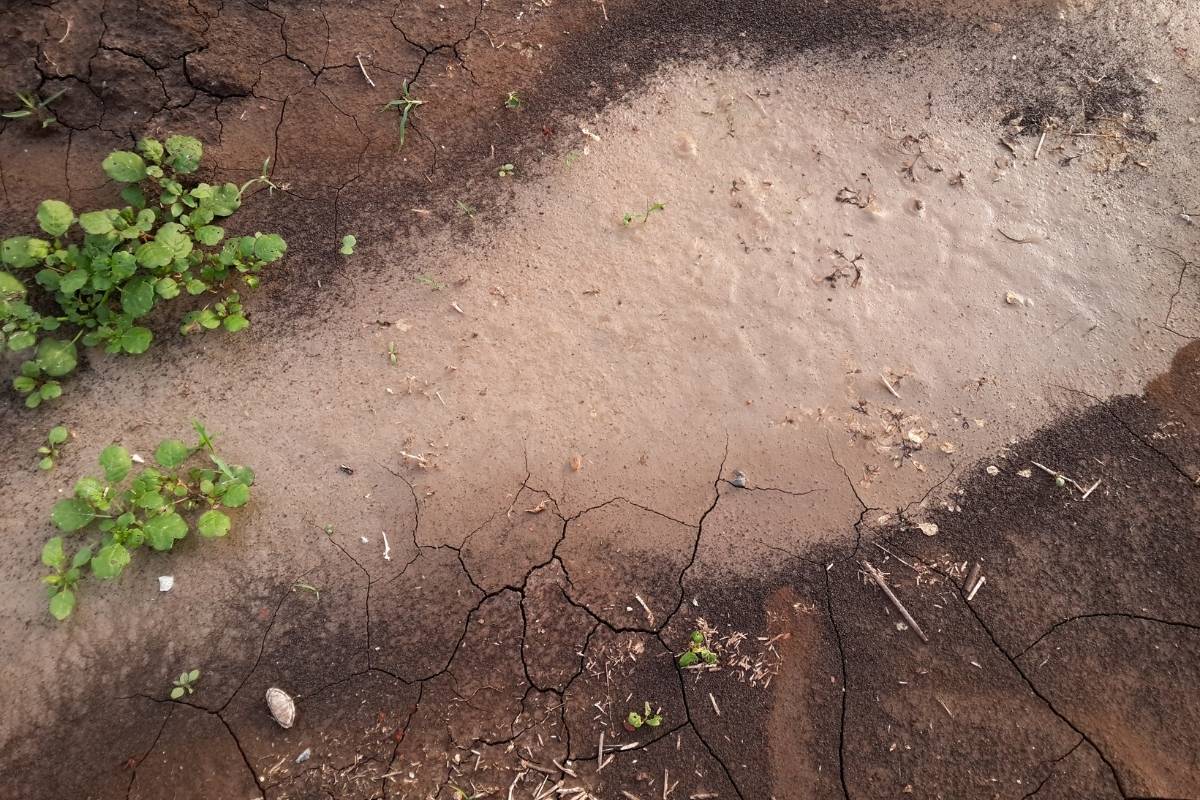
.jpg)
